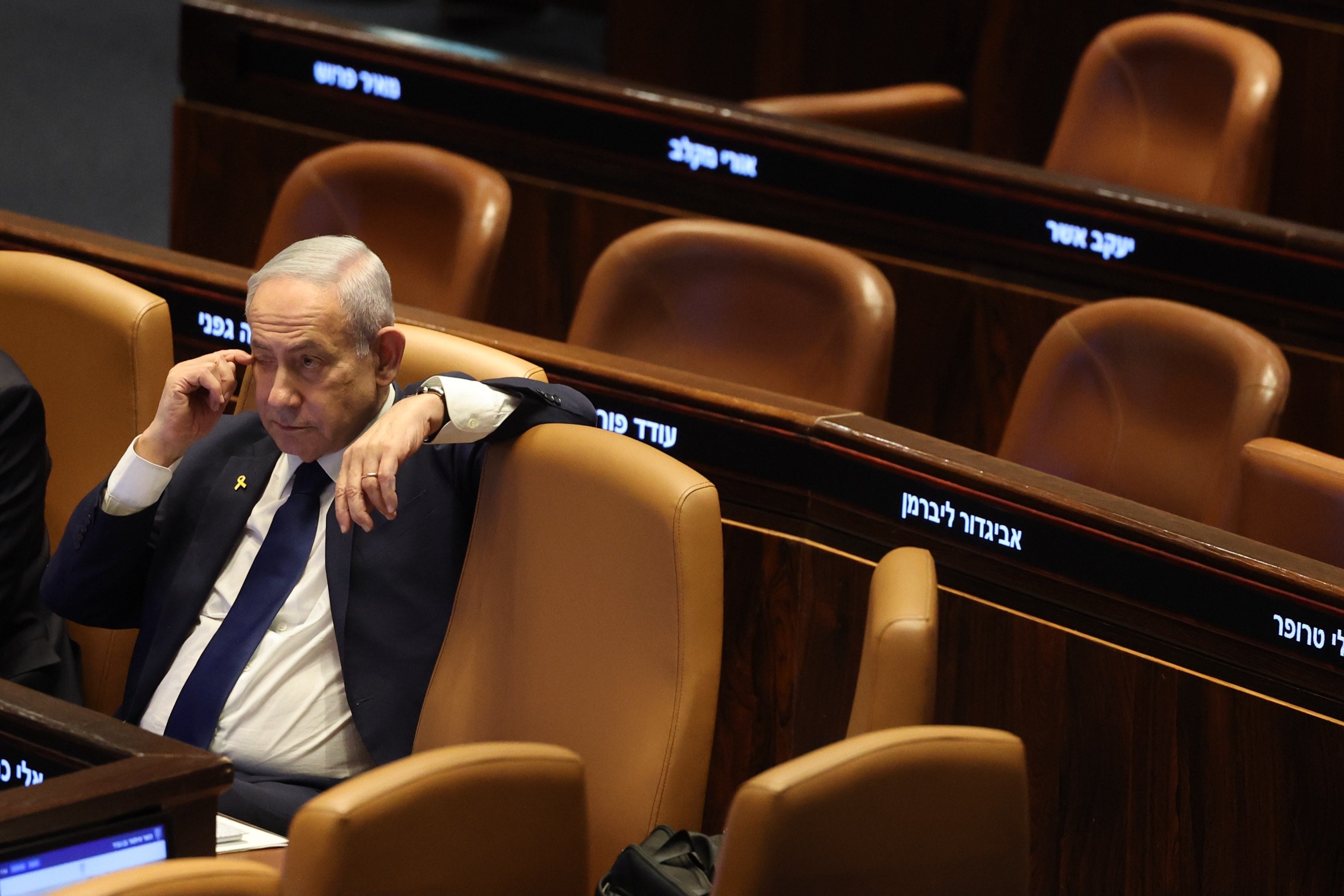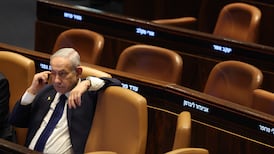A year has passed since the October 7th Hamas-led attack and the Israeli military has inflicted painful blows on Hamas and Hizbullah.
Hamas has lost its ability to fight as a structured military body, resorting instead to hit-and-run, guerrilla-type raids and the occasional firing of rockets from a vastly diminished stockpile.
Hizbullah, a much more powerful militia, has also suffered significant setbacks since September 17th, when pagers carried by members exploded across Lebanon. This was followed by the assassinations of almost all of Hizbullah’s senior leadership, including its secretary general, Hassan Nasrallah, followed by the ground offensive in south Lebanon which is methodically pushing back what remains of the elite Radwan strike force from Israel’s northern border.
But these spectacular military achievements do not change the reality of the Middle East. Neither Hamas nor Hizbullah will surrender and prime minister Binyamin Netanyahu’s “total victory” will remain an empty slogan. The real challenge for Israel’s decision makers is how to convert these tactical victories into political arrangements that make Israel a safer country in which to live.
READ MORE
After an exhausting year of war, with no end in sight, the majority of Israelis now hope the military achievements can be pivoted into a deal that would mean return of the hostages still in Gaza and a protracted period of quiet on the northern border, allowing the 63,000 residents who fled the daily rocket fire to return to their homes.
Israel opposes an unconditional ceasefire on both fronts but could theoretically agree to end the fighting if political arrangements are in place, with international guarantees, to remove the security threats on its borders.
The first glimmer of hope that the military pressure may be paying off came on Tuesday with comments by Hizbullah deputy leader Naim Qassem, one of the last surviving members of the group’s top leadership. He stated that Hizbullah supports efforts to reach a ceasefire for Lebanon, omitting any mention of a Gaza truce deal as a precondition to halting his group’s fire on Israel.
Regarding Lebanon, Israel is prepared to end the war with an agreement that will be based on UN resolution 1559, providing there is an effective mechanism to ensure implementation. The resolution called for the disbanding and disarmament of all militias and withdrawal from Lebanon of foreign forces.
The head of Israel Defense Forces’ northern command, Maj Gen Ori Gordin, told mayors from borderline communities on Monday that they could start preparing to return home. The mayors were surprised, believing such a statement was premature. Kiryat Shmona mayor Avichai Stern said nobody would return until the Hizbullah threat was completely removed. He advised the army to concentrate on fighting and securing victory, leaving the decision as to when and how to return home to the political leadership and the mayors.
Regarding Gaza, any realistic deal with Hamas will entail the release of all the hostages in one move in return for ending the war and a troop withdrawal. Gaza’s reconstruction will be dependent on the coastal enclave’s demilitarisation.
Unfortunately, such a deal may still be out of reach. Hamas leader Yahya Sinwar has renewed contact with Qatari mediators after a month of being incommunicado but reportedly has not changed any of his demands for a ceasefire, including a full Israeli military withdrawal from the Philadelphi route along the Gaza-Egypt border.
Sinwar hoped the October 7th attack would be a catalyst, forcing Israel into a multifront war with all of Iran’s proxies. That is exactly what is happening now, making it unlikely he will seek a deal at this juncture.
- Listen to our Inside Politics Podcast for the latest analysis and chat
- Sign up for push alerts and have the best news, analysis and comment delivered directly to your phone
- Find The Irish Times on WhatsApp and stay up to date
















